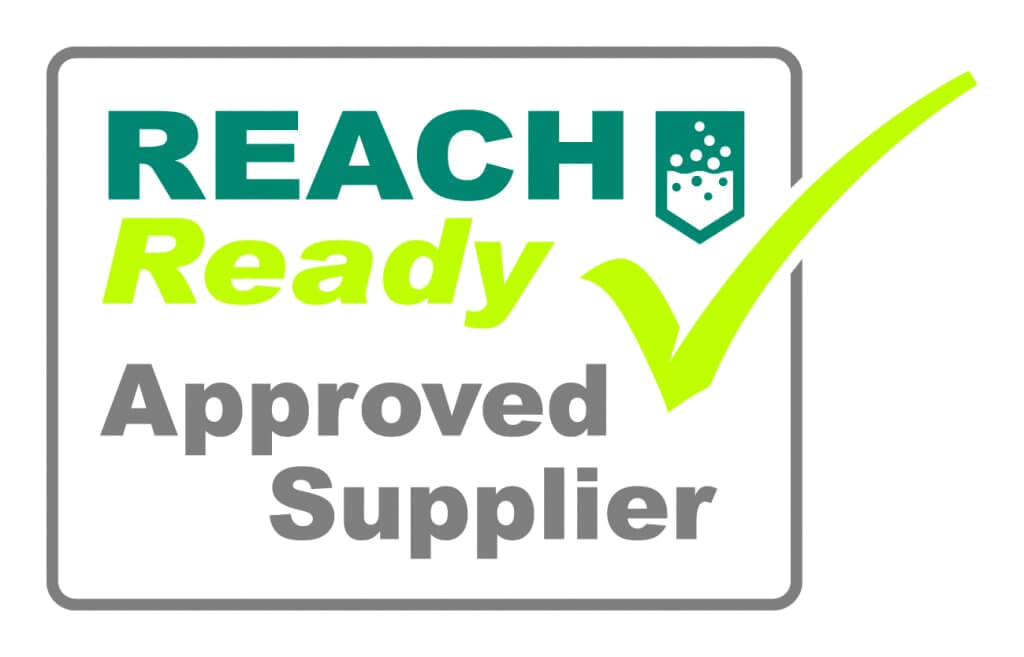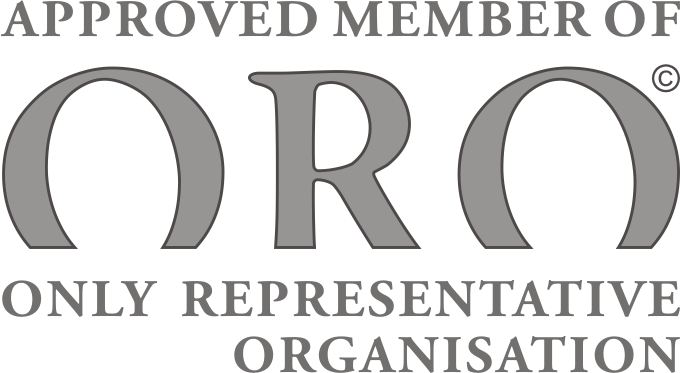Cosmetics and DGSA Specialist
Phone +358 10 504 5860
satu.salomaki@chementors.eu
Finnish | English
Our team ensures that all data is complete and accurate before compiling and submitting the dossier.
We provide full assistance throughout the PCN submission process, which takes between 3-5 days.
We guarantee full compliance with EU regulations.
Focus on your business while we handle the complexities of EU Poison Center Notifications.

Rebecca Karjalainen
Customer inquiries
+358 44 974 0601
rebecca.karjalainen@chementors.fi
Finnish | English | French
The Safety Data Sheets (SDS) concerning your mixtures may contain much of the information required for a Poison Centre Notification, but the information on an SDS does not meet all of the notification requirements. You must gather the additional information required separately, and you may have to request more specific information from your suppliers, for example.
In addition to information often found on the SDS, such as the product name, CLP classifications, precautionary statements and hazard statements, a PCN also requires the following information, which is less frequently found on the SDS:
UFI code
pH
EuPCS code
Type and size of packaging
Colour
Complete chemical information, including non-hazardous substances in a concentration above 1%
Toxicological information, translated into the necessary languages
Chementors
Companies must report mixtures classified as hazardous based on their health and physical effects through the ECHA PCN portal. This does not apply to mixtures only placed in the hazard categories ‘gases under pressure’ or ‘explosive’. The obligation also does not apply to substances or objects.
The obligation to submit PCNs applies to importers, manufacturers, and repackagers that place mixtures on the market. They are responsible for submitting a PCN in every EU Member State in which the mixture is marketed.
If you are not sure about your company’s obligations, please contact Chementors and we will help you to identify them!
Although the process of preparing Poison Centre Notifications (PCN) has been harmonized, sending the information to poison centres is still a complex process, requiring companies that supply chemicals to have the necessary skills and invest their time and resources. The companies’ obligations include opening an ECHA account, creating UFI codes, understanding what information they need to prepare the PCN and where they can find this information, and compiling and sending the information through the ECHA PCN portal to every country in which the mixture is on the market.
Chementors can do all of this on your behalf. Tell us what products you need to report, and we will take care of your notification obligations on your behalf.
The information must always be up to date for mixtures as long as they are placed on the market. A submission update is necessary in the following circumstances:

Phone +358 10 504 5860
satu.salomaki@chementors.eu
Finnish | English

Phone | +358 9 2316 7090
antti.aalto@chementors.eu
Finnish | English
Frequently asked questions
The notification obligation applies to importers and downstream users operating in the EU/EEA. Companies must submit a PCN to the EU/EEA countries in which they market mixtures classified as hazardous based on their health or physical effects. This obligation does not apply to downstream users who only use the mixtures (end users).
Companies must report mixtures classified as hazardous based on their health and physical effects through the ECHA PCN portal. This does not apply to mixtures only placed in the hazard categories ‘gases under pressure’ or ‘explosive’. The obligation also does not apply to substances or objects.
The information required on the mixture must be compiled and sent through the ECHA PCN portal to all the EU/EEA countries in which the mixture is on the market.
You can create a unique formula identifier (UFI code) with the application available on the ECHA website. A UFI code is a 16-character alphanumeric code included in a product’s warning label.
In the CLP regulation, there isn’t an Only Representative role. However, the EU-based company can submit requested information voluntarily on behalf of a non-EU supplier. The importer can then use the UFI from this voluntary submission in their own mandatory submission.
There are cases where complete information under Annex VIII is not available or not given because of confidentiality reasons. The solution to this is a voluntary submission made by an EU-based Legal Entity. In this way, non-EU suppliers can keep business information confidential and support the importer with their notification obligations.
The notification must be up to date as long as the mixture is on the market. When the product is no longer put on the market, there is no update obligation either. However, the notification will still remain on ECHA’s notification portal.
Article 45 and Annex VIII to the CLP Regulation harmonize poison centres throughout the EU. This legislation came into force on 1 January 2021, introducing several significant changes and imposing obligations on companies that supply hazardous chemicals.
As a result, importers and downstream users must provide poison centres with information on mixtures classified as hazardous based on their health and physical effects.
The CLP Regulation obligates companies to provide all the countries in which they place such mixtures on the market with information on the mixture’s product category, complete chemical composition, toxicological information, and UFI code, among other things.
The harmonization of Poison Centre Notifications (PCN) will contribute to product safety throughout the EU. As a result, every poison centre in the countries in which the product is marketed within the EU will have the necessary information and instructions on the mixtures’ composition and hazardous characteristics in the event of a poisoning, for example.
Limited submission
A limited submission permits the notifier to utilize compositional information from the Safety Data Sheet under exceptional circumstances. However, all other pertinent information must still be included within the notification.
Additionally, the notification must include a contact person capable of promptly providing complete compositional details in all relevant languages, accessible at all times. Limited submission can only be chosen in the case of industrial use.
Group submission
Under certain conditions, it is possible to submit information for several mixtures with a single submission, which is called ‘group submission.’
A group submission is possible if all the mixtures in a group belong to the same hazard class and product category and their composition is also the same. In practice, group submission is possible, for products with certain differences in perfumes.
Before this notification obligation was imposed, poison centres faced challenges in identifying the mixtures involved in accidents, as the information requirements were still inconsistent.
There were also differences between national notification systems in the information reported, which resulted in the medical professionals of different Member States having inconsistent instructions for cases of exposure.
The harmonization of notifications and the adoption of unique formula identifiers (UFI) provided a solution to these challenges. Submitting notifications through the ECHA Poison Centre Notification Portal (PCN portal) makes consistent information available in all of the Member States in which the mixture is marketed.
A unique formula identifier (UFI) is used to identify a mixture classified as hazardous on the basis of its health or physical effects.
The UFI code and other information you provide are primarily used by poison centres when answering emergency calls.
In addition to the trade name, the poison centre employee may check the product label directly for information such as the UFI code, allowing the employee to identify the product related to the incident precisely. A UFI code is unique and based on the company’s VAT number.
By 2025, the UFI code will become a mandatory element in the labels of all products classified as hazardous on the basis of their health and physical effects.
UFI codes were adopted for use in consumer products and products intended for professional use on 1 January 2021. For products intended for industrial use, UFI codes will become mandatory by 1 January 2024.
Importers and downstream users that place such products on the market must provide poison centres with specific product information and the products’ UFI code.
The UFI Generator tool and instructions are available in 23 EU languages on the ECHA Poison Centres website.
A UFI is a 16-character alphanumeric code. The code must not be preceded by anything other than the acronym ‘UFI’, and it must be printed on or attached to the labels of products containing hazardous mixtures, or clearly visible and legible near the label.
If the products are unlabelled (as is the case for certain products used in industrial facilities), the UFI code can be provided on the Safety Data Sheet.
The UFI code may also alternatively be provided on the Safety Data Sheet in the case of mixtures intended for industrial use.
You can create a UFI code with the application found on the ECHA website when submitting a Poison Centre Notification (PCN).
There were also differences between national notification systems in the information reported, which resulted in the medical professionals of different Member States having inconsistent instructions for cases of exposure.
Chementors can provide you with the help and instructions you need when dealing with UFI codes and submitting PCNs.




Chementors Ltd | Finland | Hong Kong | Vietnam | info@chementors.fi